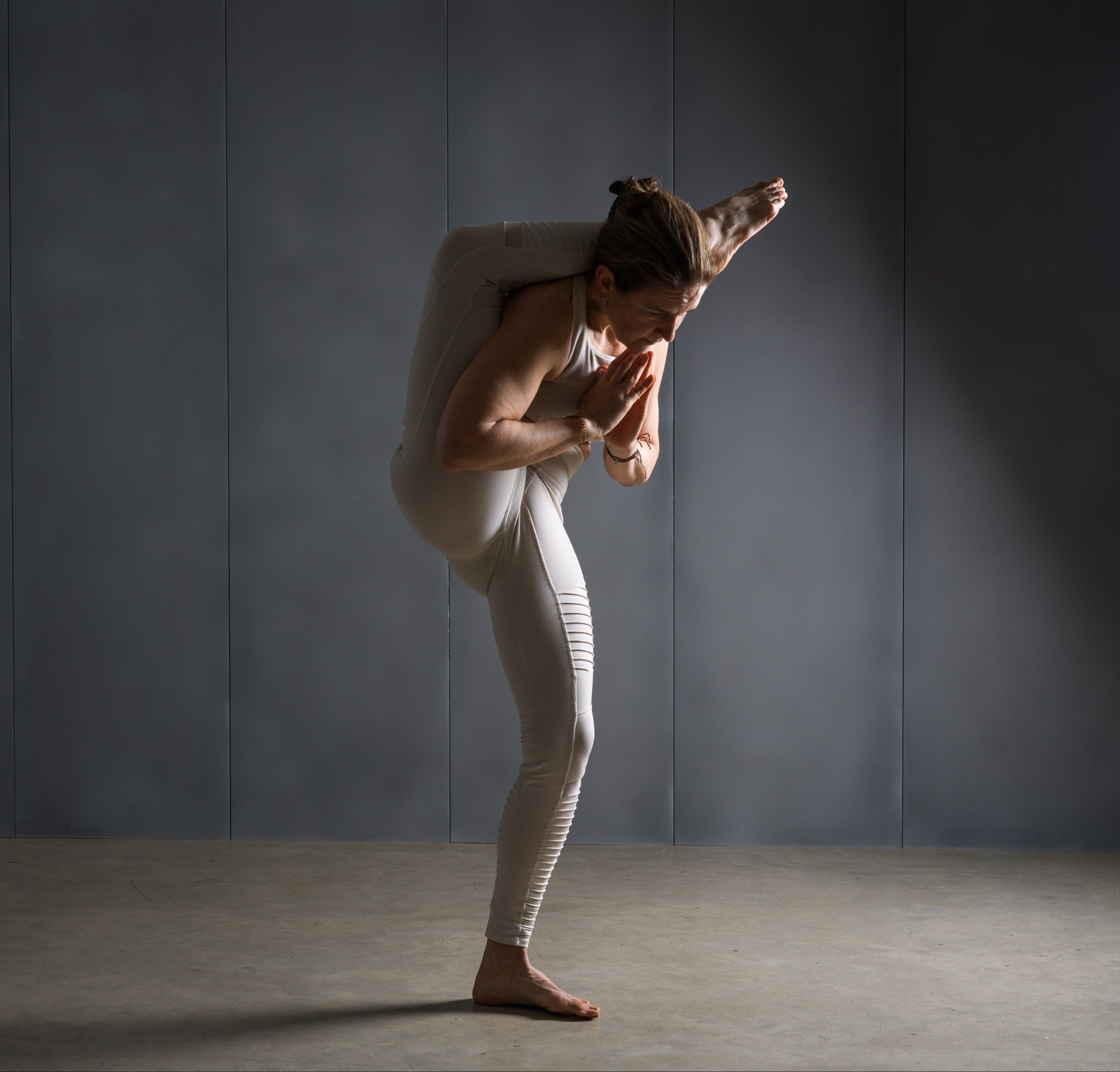
Ashtanga practice around the world
Where to practice Ashtanga Mysore style around the world? Here are my recommendations.

Sciatica and yoga therapy
Discover the difference between true and false sciatica, their causes, and how targeted yoga therapy—including spinal decompression and nerve flossing—can provide lasting relief.

Juicing – the easy way to improve your nutrition
Juicing isn’t just a trend—it’s a practical way to feed your body with nutrients in their most absorbable form. In this post, I break down the real benefits of juicing, which ingredients support spinal health and reduce inflammation, and how to avoid common mistakes that can turn a healthy habit into a sugar overload.

pain in the neck
Neck pain can be more than just an annoyance—it can disrupt sleep, limit movement, and lead to chronic discomfort. In this post, I explore the root causes of neck pain and how targeted yoga therapy, spinal decompression, and mindful movement can provide lasting relief. Learn practical techniques to ease tension, improve posture, and support your spine for long-term health.